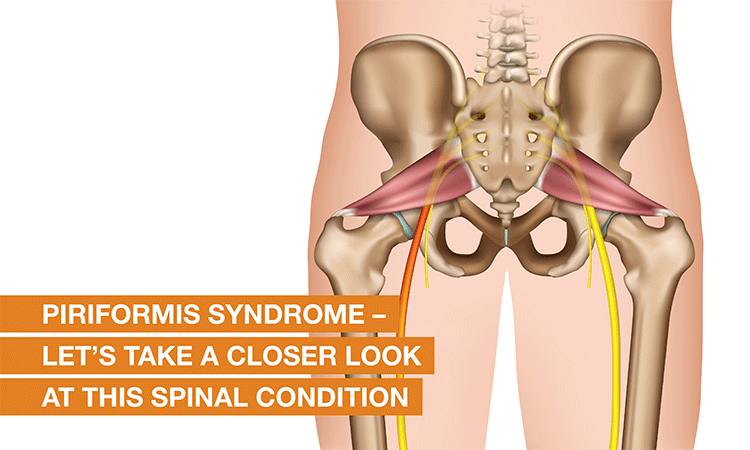Request Appointment
Enter your details and we will be in touch with you shortly;
Or call
8655885566
between 8 am and 8 pm.


Experiencing persistent hip pain that radiates down your leg, causing discomfort and hindering your daily activities could be a sign of Piriformis Syndrome, a relatively lesser-known condition that can significantly impact your quality of life. In this blog, we will delve into the details of Piriformis Syndrome, covering everything from its definition to its causes and the available treatment options.
Piriformis Syndrome is a muscle condition that occurs when the piriformis muscle, located deep in the buttocks, presses against or irritates the sciatic nerve. This small yet significant muscle plays a crucial role in hip rotation and stability. However, when it causes nerve irritation, it can trigger an array of discomforts. The sciatic nerve, which extends from the lower back down the legs, can become compressed or inflamed, resulting in various symptoms, with hip pain and radiating discomfort being the primary concerns. In simpler terms, this often imitates the well-known ‘sciatica,’ causing hip pain that travels down your leg.
Understanding the causes of this condition is crucial in managing and preventing its occurrence. Some common factors that contribute to this condition include:
Anatomical Variation: In some individuals, the sciatic nerve might run through or under the piriformis muscle, making them more susceptible to irritation.
Muscle Imbalances: Imbalances in the muscles surrounding the hips can lead to abnormal movements, increasing the risk of piriformis muscle irritation.
Overuse or Trauma: Engaging in repetitive activities that involve the piriformis muscle or experiencing direct trauma to the buttocks region can trigger Piriformis Syndrome.
Sedentary Lifestyle: Prolonged sitting or lack of physical activity can weaken muscles, including the piriformis, leading to imbalances and potential irritation.
Hip pain is a hallmark symptom of Piriformis Syndrome. The pain might radiate down the leg, following the path of the sciatic nerve. Individuals might experience tingling, numbness, or even weakness in the affected leg. Diagnosis involves a combination of physical examination, medical history assessment, and sometimes imaging tests like MRI to rule out other conditions.
Managing Piriformis Syndrome involves addressing the underlying causes and alleviating symptoms. Some effective treatment options include:
Stretching and Strengthening: Targeted movements can help stretch and strengthen the piriformis muscle, reducing the pressure on the sciatic nerve.
Physical Therapy: A healthcare professional or spine specialist can guide you through movements and techniques to correct muscle imbalances and improve overall hip mechanics.
Heat and Cold Therapy: Alternating between heat and cold applications can help reduce muscle inflammation and soothe pain.
Lifestyle Modifications: Maintaining a healthy weight, adopting proper posture, and staying active can prevent future episodes of Piriformis Syndrome.
Piriformis Syndrome, often characterized by hip pain and sciatic nerve-related discomfort, is a condition that can significantly impact daily life. By understanding its causes, symptoms, and available treatment options, individuals can take proactive steps to manage and prevent this muscle condition and embrace the freedom to move without limitations. If you’re experiencing persistent hip pain or related symptoms, consulting a medical professional is essential to receive accurate diagnosis and appropriate guidance.
Call 086558 85566 to book your first free consultation with a spine specialist at QI Spine today.
Visit our nearest clinic for your first consultation